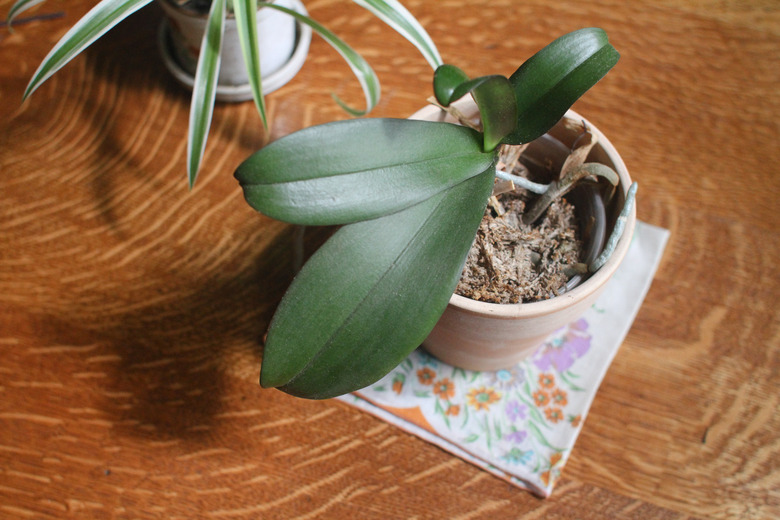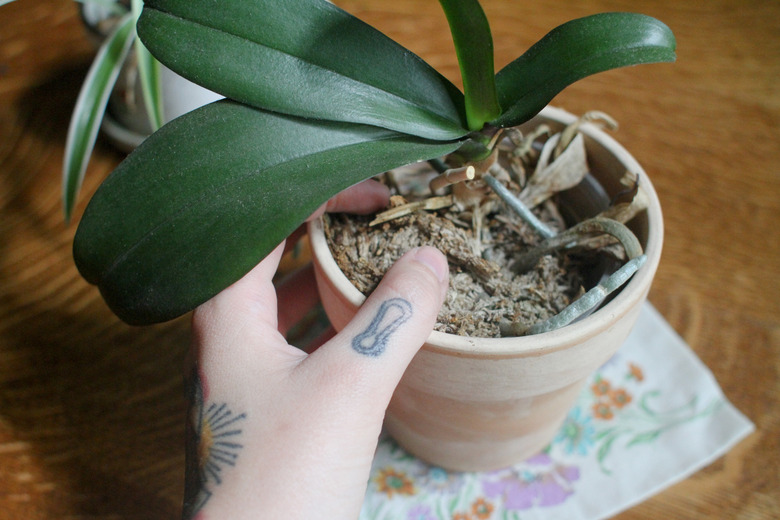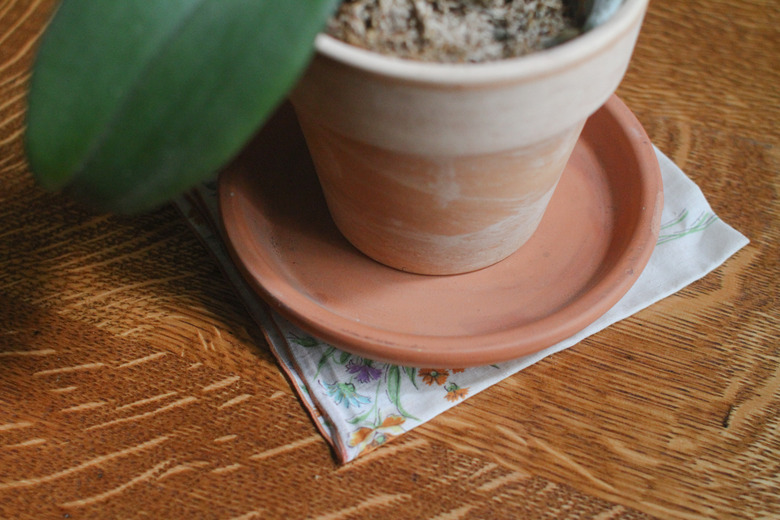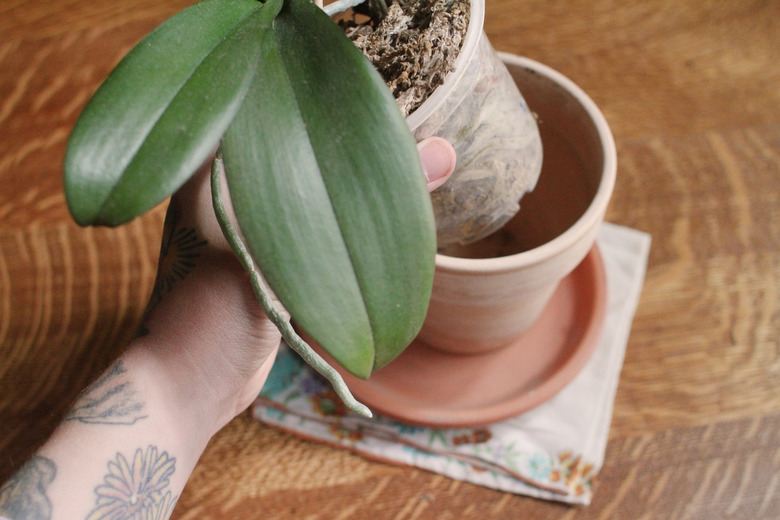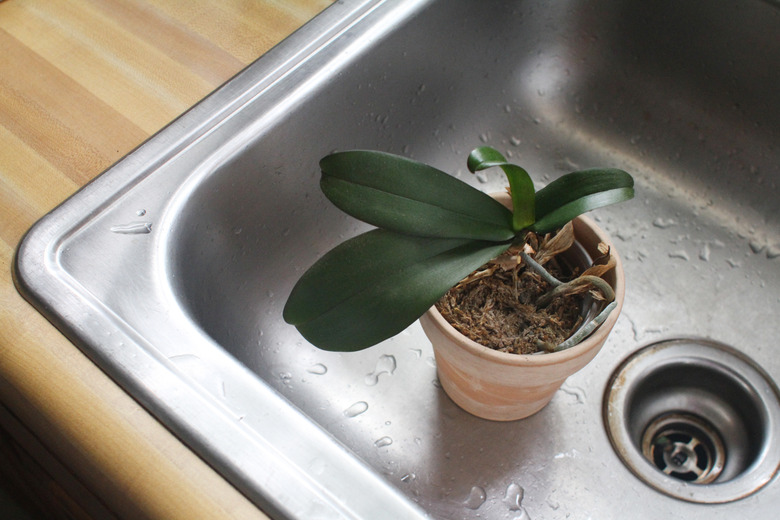What To Do To Stop Plants From Leaking Water On The Floor
Most planters have small holes in the bottom that allow excess moisture to drain out after watering. Drainage keeps plants healthier by preventing soil from becoming too wet. Controlling planter leaks keeps slippery, potentially damaging standing water off your floors. A Goldilocks watering plan — not too much, nor too little, but just right — and using the planter's most useful accessory, the spill tray, is a healthy solution for both plants and surrounding surfaces.
Water Properly
Water Properly
Constant leaking from the bottom of a pot may occur if the plants are overwatered. The excess water has nowhere to go but out the drainage holes in the bottom of the pot, damaging floors, tabletops or other surfaces. Feel the potting soil before you water or use a moisture meter, an inexpensive device available in many garden centers. Most plants only require water when the top inch of soil feels dry. Underwatering may also cause excessive spillage if the soil has dried to the point it can't quickly absorb the water. Overly dry soil feels dry and crumbly. It pulls from the sides of the planter, shrinking as it dehydrates.
Drip Trays
Drip Trays
Even with proper watering, some moisture leaks from a planter during irrigation. A drip tray placed under the pot catches runoff. Many pots or other plant containers come with a tray, but if not you can use any shallow dish that's larger than the bottom of the pot. Empty the tray after the houseplant finishes draining, otherwise the tray may overflow the next time you water. It's also not healthy for plants to sit in standing water.
Double Potting
Double Potting
Drip trays are nearly impossible to move from under large, heavy flower pots. Double potting gives the benefit of a drip tray but doesn't require frequent emptying. Fill a pot larger than the flower pot with a 2- to 4-inch layer of pebbles. Use a pot that doesn't have predrilled drainage holes for this outer pot. Set the flower pot inside, on top of the pebbles. When you water, the excess moisture drains into the pebbles. The pebbles elevate the pot so the moisture doesn't reabsorb into the flower pot soil and cause overwatering issues.
Sink Watering
Sink Watering
Hanging baskets and pots without drip trays cause the majority of leakage problems. Take hanging baskets down to water them to prevent a mess. Set the basket in the sink and water soil thoroughly. Allow the water to drain from the bottom of the basket for 30 minutes to an hour before hanging it back up. Another option is to fill the sink with 2 to 3 inches of water and set the basket in the water. The soil absorbs moisture through the drainage holes in the bottom of the pot. Drain the sink once the soil surface becomes moist. Allow the basket to drain in the sink for 30 minutes before rehanging.
